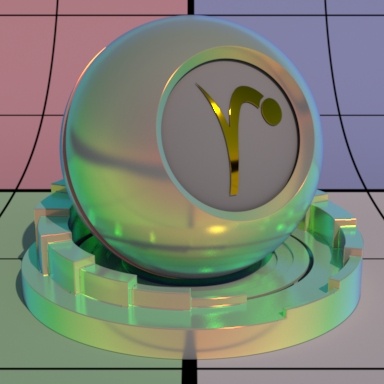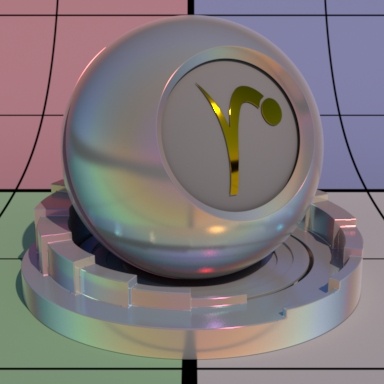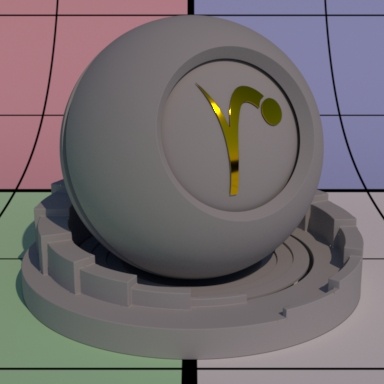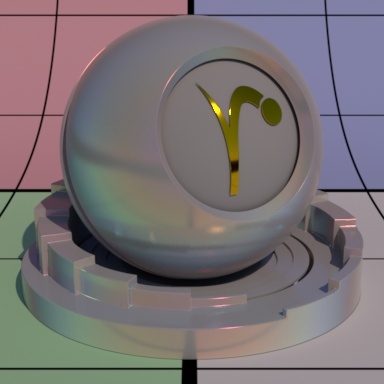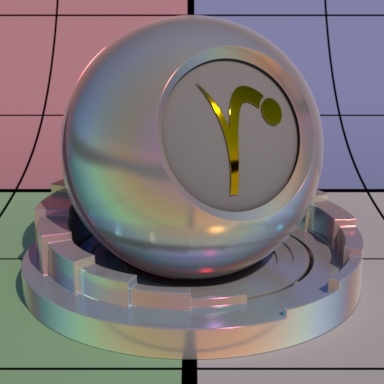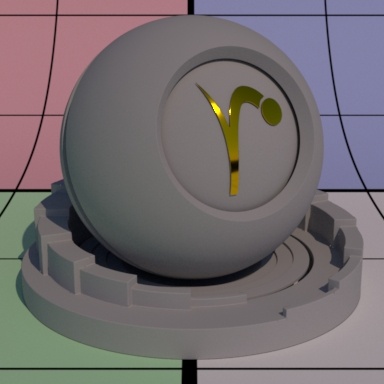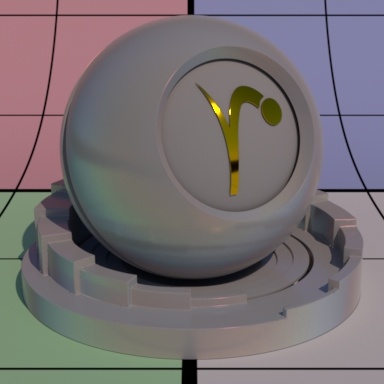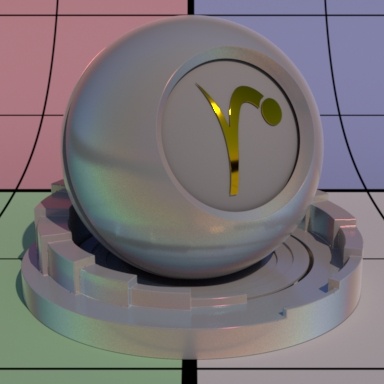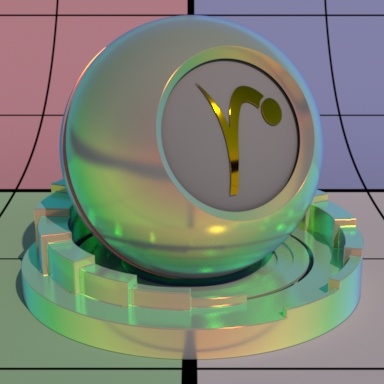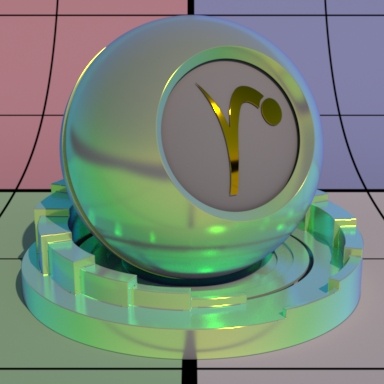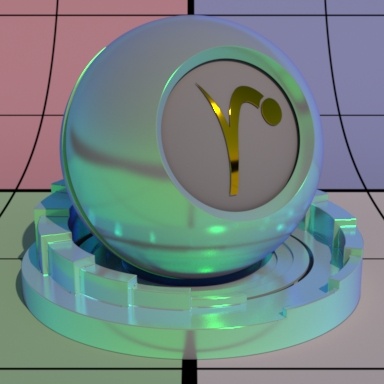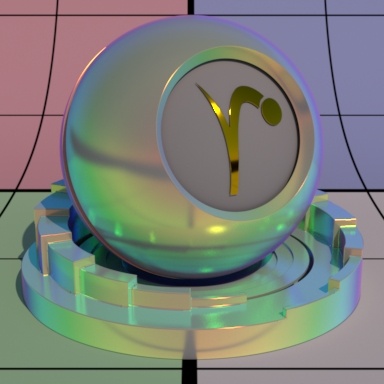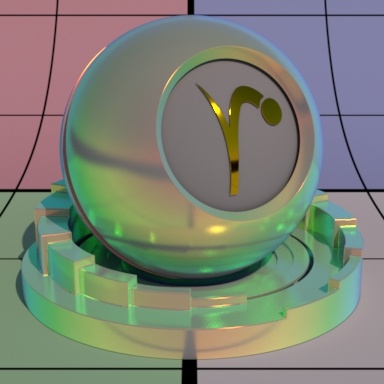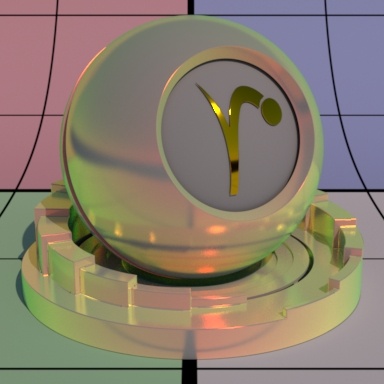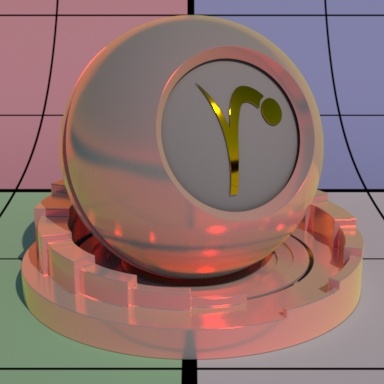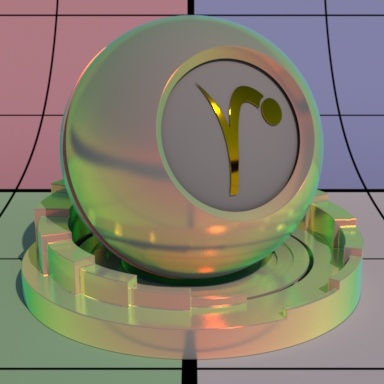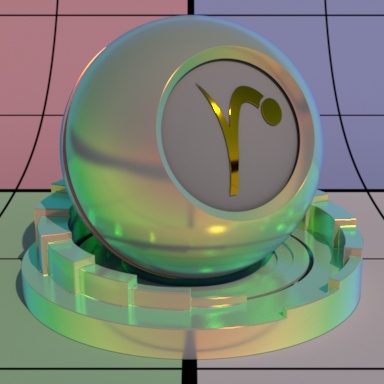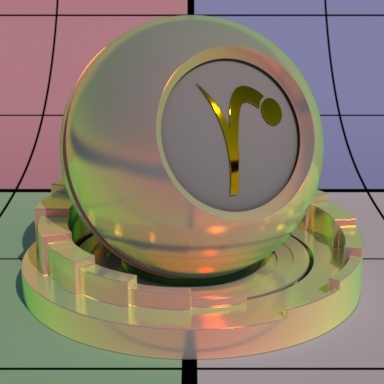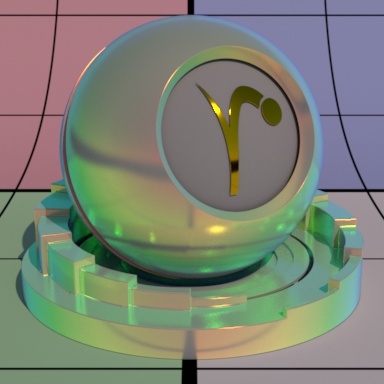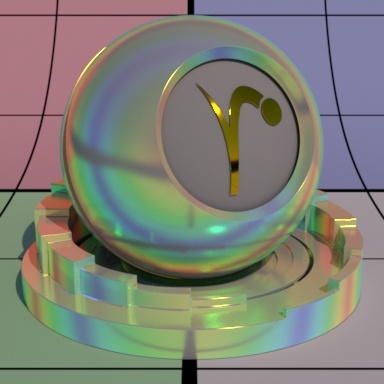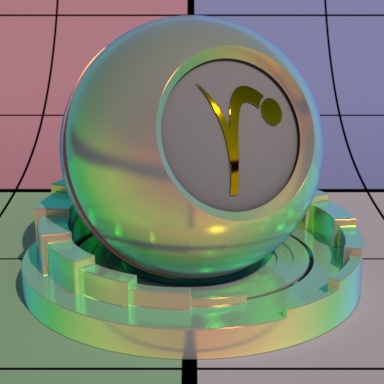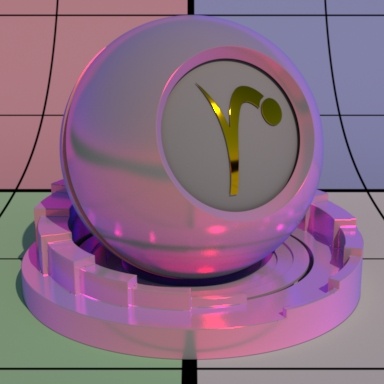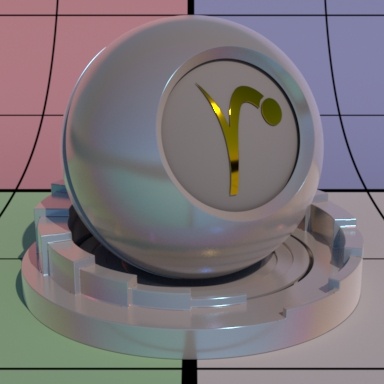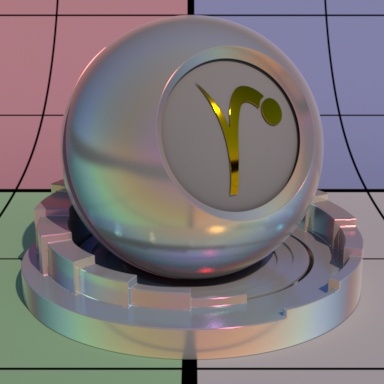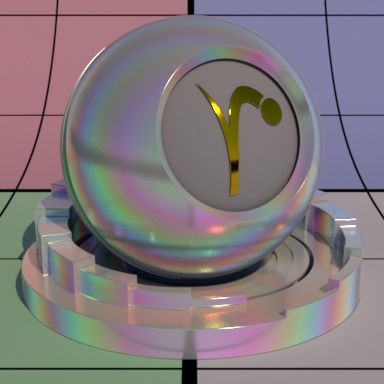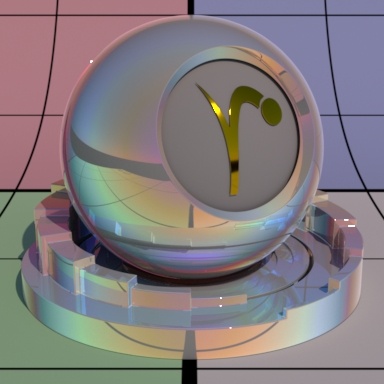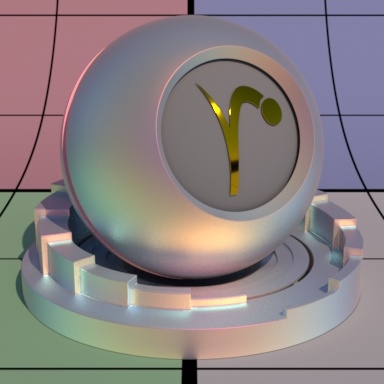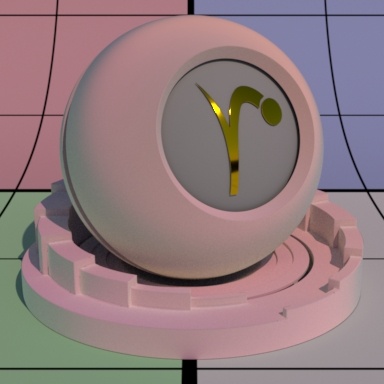Contents
In the parameters below, some of them can be overridden by a PxrLayer when connected to the Input Material or through a PxrLayerMixer. PxrLayerSurface is designed to better illustrate which parameters are not able to be overridden in a layer by including only parameters that are global. We recommend this material when you know you will be layering. The results of these settings are unchanged.
- Bold Face parameters are layerable, able to be overridden per layer.
- Italicized parameters are not able to be layered or overridden. These are globally obeyed for all layers. For example: Choosing GGX as a specular model will mean all layers will be GGX for that parameter.
Iridescence
Iridescence is a view-dependent scattering of light that causes a color shift. This is the same effect responsible for the color swirl on a soap bubble, peacock feathers, or a shiny beetle. "Holographic" or color shifting paint uses this effect as well.
Iridescence Mode
Select which iridescence mode to use: Artistic or Physical.
In Artistic mode, we just set 2 colors. Depending on the iridescence scale factor, we will see N number of "rainbows". The default of red and blue is appropriate to get a maximum color spread but you can reduce the number of colors rendered by changing these defaults. Unless otherwise specified or demonstrating an Artistic Parameter, the examples use Physical mode.
In Physical mode, we pass the thickness of your thin film in nanometers. The iridescence effect happens when the physical thickness is close to the visible spectrum. You can start around 800nm and increase the value to see the effect. This option is great because it reduces parameters to tweak at the cost of flexibility. Unless otherwise specified or demonstrating an Artistic Parameter, the examples use Physical mode. Below are Artistic (left) and Physical (right) modes.
Face Gain
Iridescence gain at facing angle (0-degree incidence).
Edge Gain
Iridescence gain at the glancing angle (90-degree incidence).
Fresnel Exponent
This controls the falloff between the face and edge. Similar to the Fresnel Exponent of the Specular Lobes. This is typically left at the default of 5.0
Primary Color
This is for Artistic mode only.
Iridescence primary color on the hue wheel to start from. From here the color shifts through the other available hues between the Primary and Secondary Color. The closer on the color wheel your choices, the fewer colors will be rendered. Below are three examples beginning at Red, then Yellow, and finally Green. The color bar shows what colors are available between these choices.
Secondary Color
This is for Artistic mode only.
Iridescence secondary color on the hue wheel to end. As demonstrated above you can use this to limit the colors rendered. Below are three examples where the Secondary Color goes from Violet to Blue and finally to Green. The hue bar shows this change on a ramp.
Falloff Speed
This is for Artistic mode only.
Falloff speed from Primary Color to Secondary Color. Larger numbers falloff more slowly. Below uses the defaults for Artistic Mode but we change the Falloff Speed from 0.1 to 0.5 to 1.0
Falloff Scale
This is for Artistic mode only.
This sets how many times the iridescence "rainbows" color repeat. Below we go from 0.5 to 1.0 and finally 3.0. Notice that higher values begin to repeat the rainbow effect. This is useful for simulating oil patterns such as oil on water or soap bubbles.
Flip Hue Direction
This is for Artistic mode only.
Flip the hue wheel direction between primary and secondary colors. By default, the hue wheel direction is counter clockwise. Left is off, right is on.
Thin Film Thickness
This is for Physical mode only.
Thinfilm thickness in nanometers. We begin at 400 then 800 and finally 1600 nanometers from left to right. Notice that at 1600 we begin to see a repetition in the rainbow effect. This is similar to the effect of using the Falloff Scale in Artistic Mode.
Roughness
Iridescence roughness, this is like other roughness parameters where you can go from a mirror-like reflection at 0.0 to diffuse reflection at 1.0. Below are examples, left to right, of 0.0, 0.5, and 1.0. Softer looks are reminiscent of color changing makeup and similar powders.
Double Sided
If on, illuminate on both sides of the surface for this iridescence lobe. This is useful forthinopened surfaces such as feathers and leaves that are modeled without thickness.

